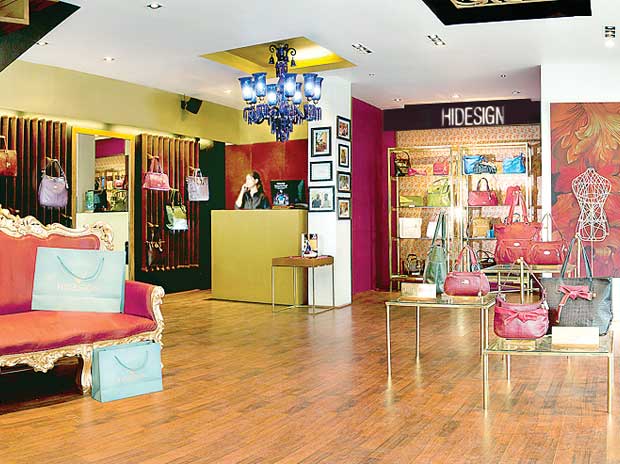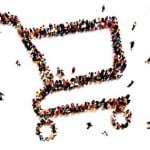
Over the past year and more, as international brands such as Steve Madden, Fossil, Gucci and Emporio Armani, have become a familiar fixture at Indian malls, Hidesign, a brand born in Puducherry way back in 1978, has found its space steadily encroached upon. But the company is fighting back; increasing its retail presence and creating greater visibility for the brand in malls and airports. About 8-10 new stores are to be launched for an investment of close to Rs 20 crore by the end of the financial year. It is also extending the Hidesign brand, associated largely with leather bags, to shoes.
Interestingly Hidesign, when it first set up shop, was purely an export label. It travelled to various European countries and Australia as a private label bag and set up its first store in India only in 1998. It began with a single store in Puducherry but has since grown to 70 exclusive stores. Its sales revenue has grown from Rs 11.3 crore in 2010 to Rs 97.7 crore in 2014 and Rs 155 crore in FY15. Its net profit too has jumped from Rs 2.7 crore to Rs 4.7 crore for the period. And it is also making its debut as a branded accessory in the highly competitive American market.
The brand’s 67-year old founder and president, Dilip Kapur, feels that Hidesign is well placed to take advantage of changing tastes. And the best points of sale given the profile of his target customer (well-travelled, brand-aware and design conscious women) he believes are airports. “Airports are places that are underutilised and are ideal for a brand like ours,” says Kapur.

Hidesign set up its first airport store in 2009 in New Delhi. Research showed that a large number of its buyers were career women who flew frequently and airports seemed like the best place to position the brand. Today these stores contribute a significant amount to the company’s revenues though the company does not give out the actual numbers. Airports were also a natural choice for the brand that has always positioned itself in the premium to high premium and luxury markets.
Hidesign launches seasonal collections – the latest being the Autumn/Winter 2015 and flaunts the natural dyes used in the tanning process. Most leather products use chrome tanning that takes only four days as against 40 days for vegetable tanning. “Chrome is horrible for your skin and environment. We have always used vegetable tanning,” said Kapur.

The brand is a lot about the image that it has built for itself – that of a homegrown, specially crafted, contemporary and environmentally conscious product. And this has allowed the brand to hold its own against cheaper bags (Chinese imports and other Indian bag brands that cater to a more price conscious buyer) and is expected to act as a shield against the expensive foreign labels now available in India. Kapur is upfront about Hidesign’s for-those-who-can afford-brand identity. “By definition, leather is up market and we are sticking to leather because that’s what we understand and know.”
With the rise and rise of e-commerce, buyers have been deluged under a sea of discounts. But Kapur is holding out, he says, “All our core (and) basic products are never discounted. We don’t believe (that) the way to get to a customer is by discounting.” He is not shying away from online marketplaces, however, and e-commerce contributes to about 20 per cent of Hidesign’s present sales. Kapur says that even though digital platforms are attractive as they eliminate the space issue, they cannot replicate the in-store experience. The feel and smell of the leather cannot be transformed to the digital medium. “Don’t think e-commerce can ever replace the physical store,” he says. The company’s distribution network spans 23 countries and its product is found in over 2,000 stores across the world. And it plans to grow in the physical space as well as online in the near future.
In a bid to broaden its product portfolio, the company is extending the Hidesign brand to footwear; a collection for men was launched earlier this year and one for women a few months back. There have been some hiccups, the line of casual footwear under the brand has failed to take off, but Kapur says, “All our formals and semi formals (men’s shoes) did very well.” The men’s shoes category has about 9 styles and the women’s category, 8. It is early days yet and the footwear collection is still to find the kind of favour that its bags have. “Customers expect our shoes to be like our bags, plain and simple,” says Kapur. And he is bent on ensuring that his brand delivers just what his customers want




